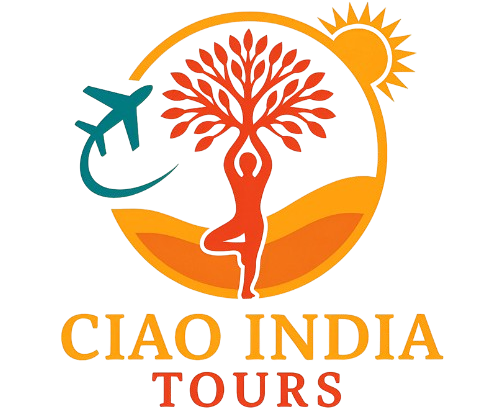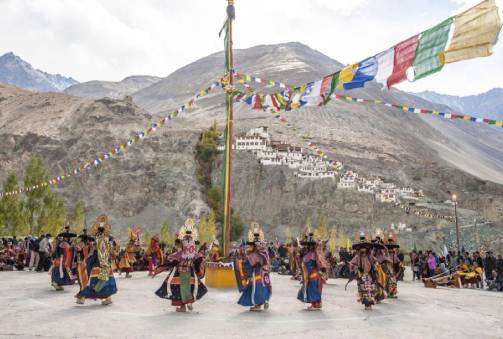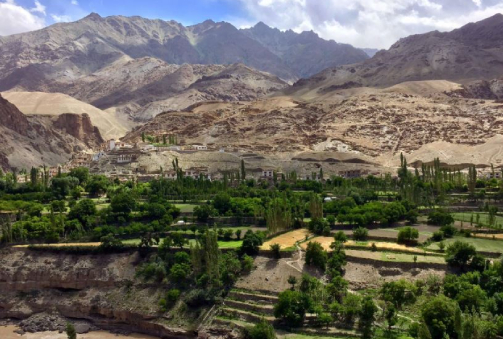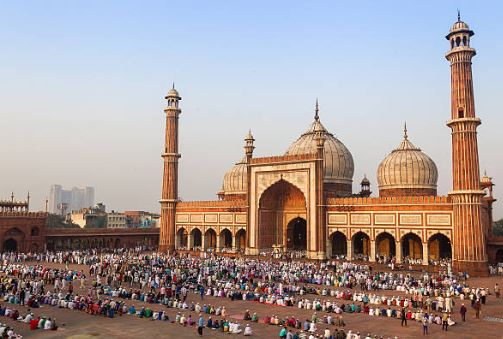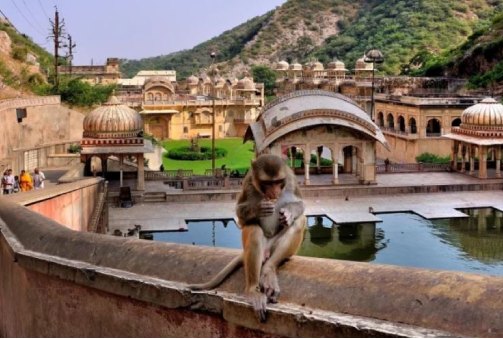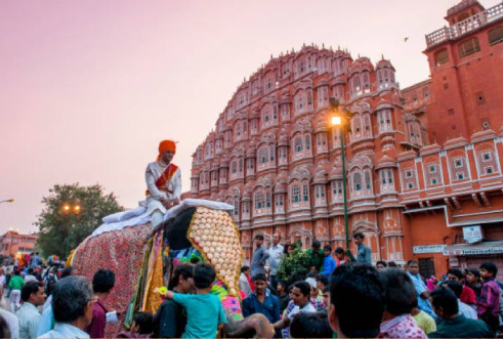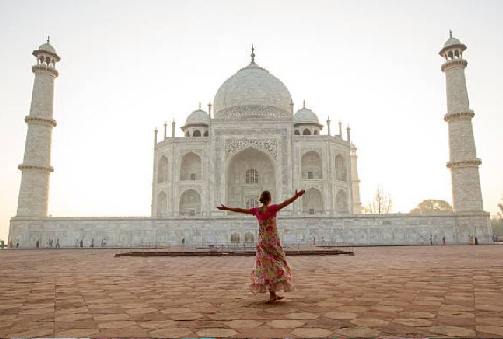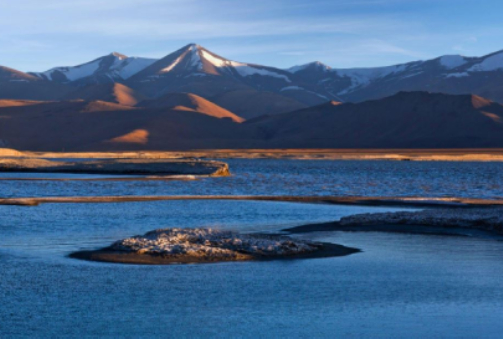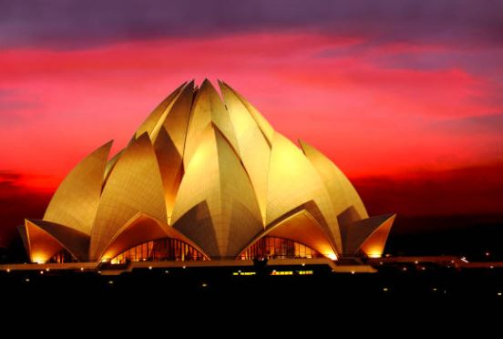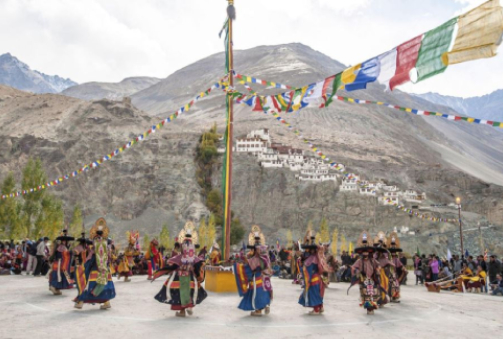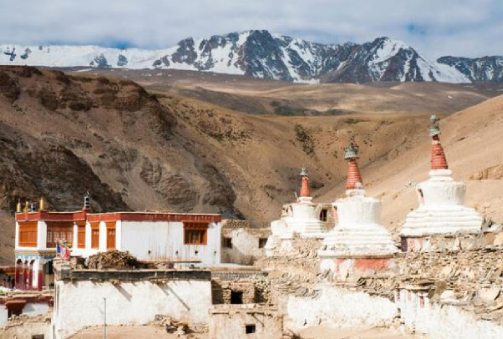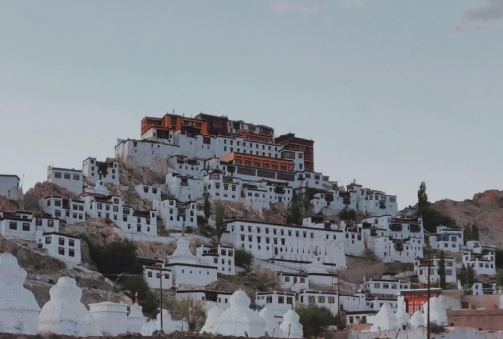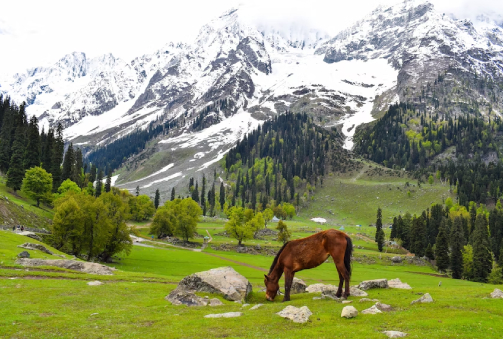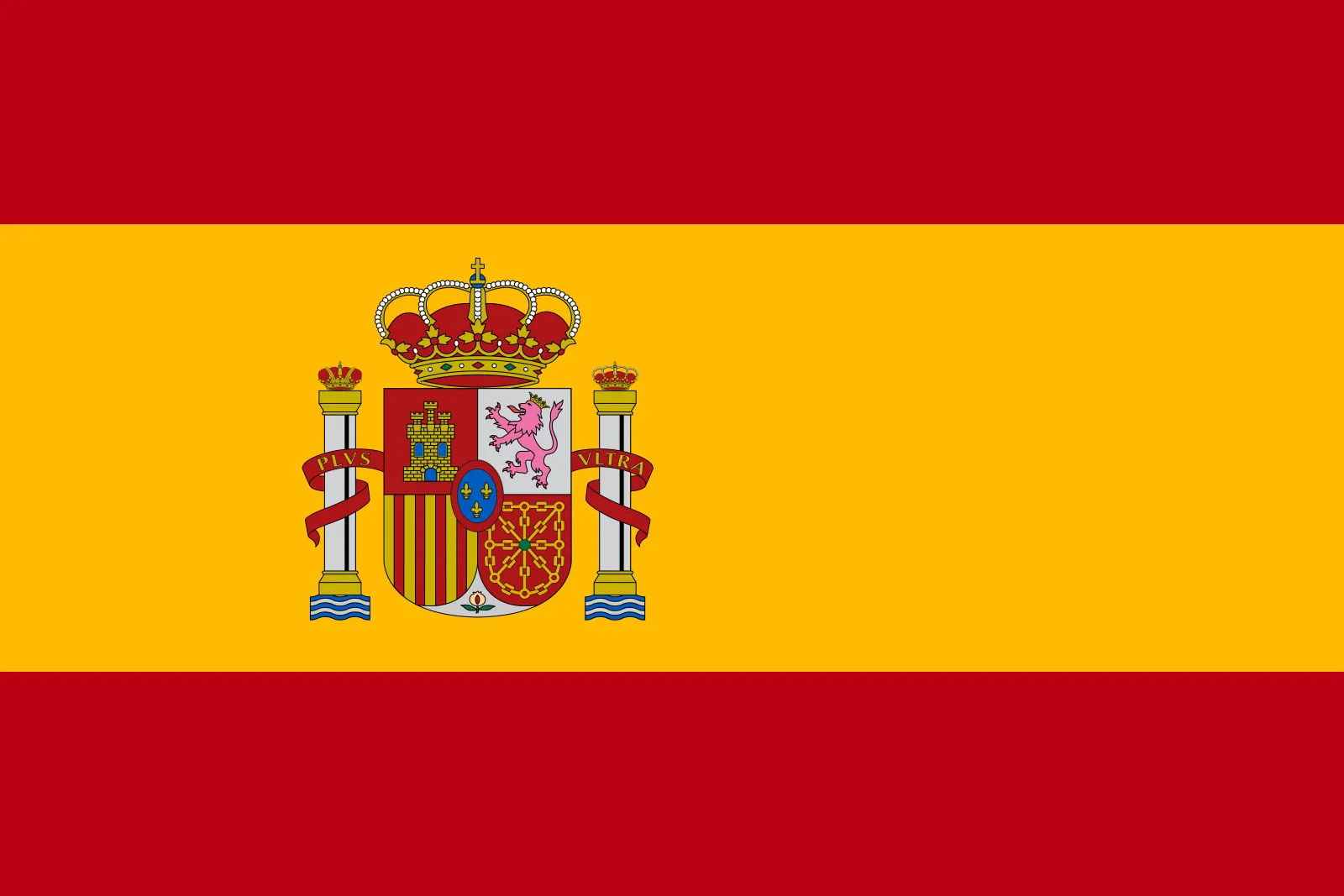All our tours are 100% customizable
Grand tour of Ladakh – 15 nights/16 days
Price to be reconfirmed – 1584 Euro/pp minimum -02 persons
Leh-Hunder-Nubra valley-Pangong-Tso Morini-Alchi-Likir-Uleytokpo--Rizong- Lamarayu-Kargil-Zanskar-Kargli-Leh
Day 01 Arrival in Leh
Upon arrival, transfer to the hotel. Hotel standard Check-in 14.00 pm / Check-out 12.00 pm.
We recommend half a day of relaxation to acclimatise.
Leh Market: - The market is divided into several small paths and streets, with sections dedicated to clothes, artefacts, spices, food, souvenirs and handicrafts. One of the best things that Leh Main Market is famous for is its woollen garments. Due to the cold climate, the people of Leh have a culture of making hand-woven woollen clothes, which have now become popular and demand local products from Ladakh.
Overnight in Leh.
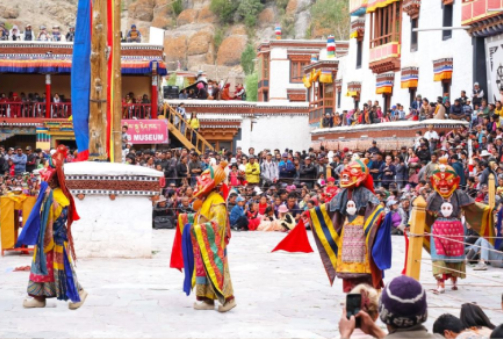
Day 02 Leh
Visit Shanti Stupa: - Shanti Stupda is also known as Vishwa Shanti Stupa. It is an important pilgrimage site for Buddhists. The impressive stupa is made of marble and there are brilliantly intricate statues of Lord Buddha here.
Leh Palace: - The roof of Leh Palace offers beautiful views of the Ladakh region and Stok Kangri. With huge wooden walls and balconies, it is a fine example of medieval Tibetan architecture and boasts nine floors. The entrance to the palace is decorated with wooden carved figurines.
Chemrey Monastery: - or Chemrey Gompa in the Indus River Valley is a 1664 Buddhist monastery in the Leh district of Ladakh in northern India. It is located 6 kilometers (3.7 miles) north of Hemis Monastery.
Stakna monastery: - Known as Tiger Nose due to its resemblance to it, Stakna is a small monastery in Leh founded by a Bhutanese scholar and saint, Chosje Jamyang Palkar in 1580. The monastery is located on the left bank of the Indus River and offers splendid views over the valley.
Matho Monastery: - The history of Matho Monastery states that it was founded in 1410 century by Lama Dugpa Dorje. The gompa belongs to the Sakya Order and houses thangkas dating back 400-600 years.
Free time to explore the city on your own.
Overnight in Leh
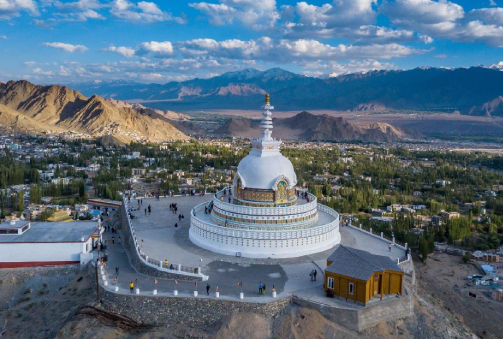
Day 03 Leh-Khardung La-Diskit-Hunder (125 Km, 3 hours 35 minutes)
After breakfast, departure for Hunder.
En route we visit Khardung La Pass
Khardung La Pass: - Khardung La Pass is a gateway to some of the most enchanting and unexplored landscapes. This famous mountain pass is very popular among adventurers and regular tourists alike. Located in the Leh district of the Indian Union Territory, Khardung La is located at an altitude of 5,359 metres. It is considered the highest pass in the world. Historically speaking, Khardung La is quite significant as it is located on the main caravan route connecting Leh to Kashgar in Central Asia.
Diskit: - Belonging to the 14th century, this monastery is considered to be the largest and oldest monastery in the Nubra Valley. Also known as Diskit Gompa, the most prominent attraction of the monastery is the huge Maitreya Buddha statue at the top, which was inaugurated by His Highness Dalai Lama.
Maitreya Buddha: - 32-meter-high statue of Maitreya Buddha facing the Shyok River. This statue was built recently, with 8 Kg of gold which was donated by the head of the Gompa and was sanctified by the Dalai Lama on 24 July 2010. It is said that this statue was built to protect the village from wars and promote peace in the world.
Upon arrival in Hunder, transfer to the hotel.
Overnight stay in Hunder.
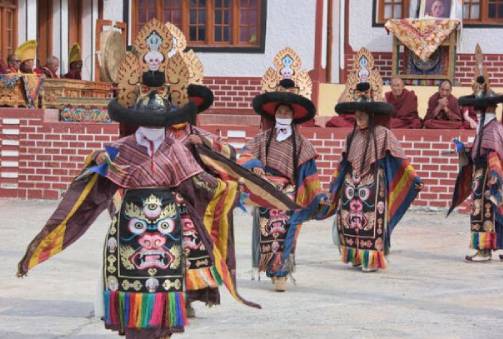
Day 04 Hunder-Samstanling-Panamik-Ensa-Nubra Valley-Hunder (Return 173 km, 4 hours and 40 minutes)
After breakfast the day begins.
Samstanling:- Located in Sumlur village in the Nubra Valley region, Samstanling Monastery was founded 140 years ago in 1841 by Lama Tsultim Nima. The Monastery is located 124 km from Leh and serves more than 50 monks with their daily needs.
Panamik:- Panamik hot water spring is located at an altitude of 10442 feet above sea level. Spring water contains a high amount of sulfur and is considered the best for treating rheumatism and other ailments.
Ensa:- Ensa Monastery, otherwise known as Ensa Gompa, is located in the vicinity of Panamik village. Travelers must visit this 250-year-old monastery as it is considered one of the major attractions of Nubra Valley.
Nubra Valley: - Surrounded by snow-capped Himalayan ranges, Nubra Valley is located between Tibet and Kashmir. The view of the valley is picturesque and breathtaking. During winter, the whole valley looks like a lunar landscape (which is why it is called Moonland) and in summer full of greenery.
Return to Hunder, transfer to the hotel.
Overnight stay in Hunder.
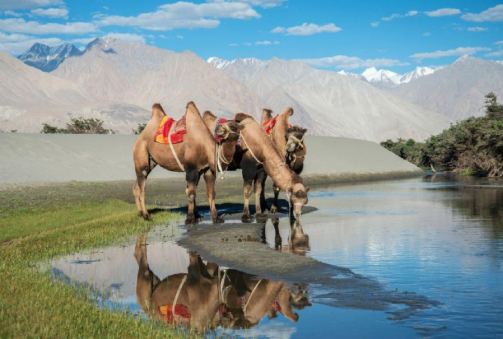
Day 05 Hunder-Shyok-Pangong (277 km, 6 hours 50 minutes)
After breakfast, departure for Pangong.
Along the way we visit Shyok (Altitude 3700 m)
Start the day by following the same route towards Leh until reaching Khalsar. From Agyam Bridge, we will take the left road which takes us to the villages of Shyok and Durbuk. The route is little used for commuting, so you won't find heavy traffic on any day.
Upon arrival, transfer to the hotel
Overnight in Pangong.
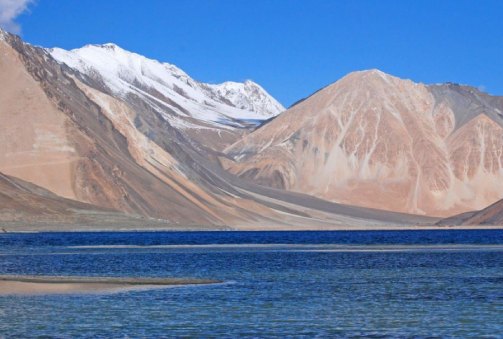
Day 06 Pangong-Tsomoriri (180 km, 7 hours) (Half board with dinner)
After breakfast, departure for Tsomoriri.
Morning at leisure to explore the beauty of the lake and then continue east. This is a new route recently opened to tourists. Drive along the Pangong lake passing through the villages of Man, Mirak, Chushul (which is only 80 km from the Chinese border and is famous for the memorial of Maj. Shaitan Singh who sacrificed his life in the Sino-Indian war of 1962 and every year the here Chinese and Indian army flag meeting is held). We also drive to Tsaga and Loma curve and once you reach Mahe, turn left and continue driving until you reach Tsomoriri.
Overnight stay in Tsomoriri.
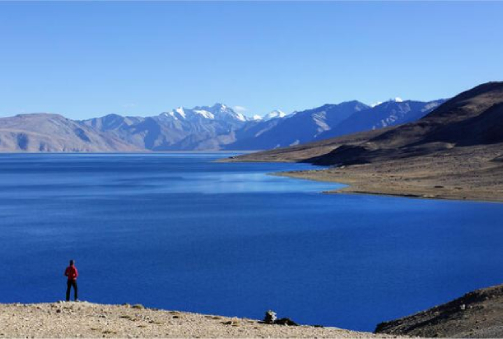
Day 07 Tsomoriri-Leh (240 Km, 7 Hours) (Half board with dinner)
After breakfast, depart for Leh.
Puga :- Puga Valley is located in the Changthang Valley in the south-eastern part of Ladakh, about 22 km from the Salt Lake Valley. It is a region of great importance known for its natural beauty and geothermal activities. Puga is also visited for its hot sulfur spring.
Tsokar Lake: - Tso Kar or Tsho kar is a floating Salt Lake known for its size and depth located in the Rupshu plateau and valley in the southern part of Ladakh in India. It is also recognized as India's 42nd Ramsar site.
Along the way stopping at Tangling pass, the second highest passable pass in the world at 5350m.
Overnight stay in Leh.
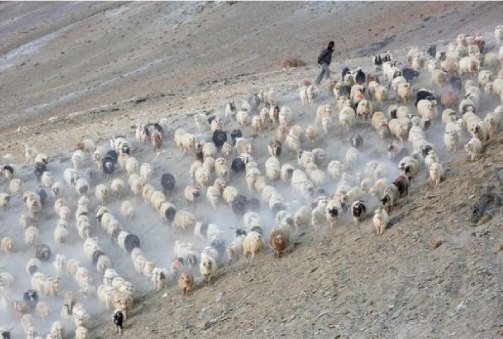
Day 08 Leh-Hemis-Thiksey-Shey-Stok-Leh
After breakfast
Vist Hemis:- Among the richest monasteries in India, Hemis Monastery is renowned for its collection of ancient artefacts, including a copper Buddha figure, gold and silver stupas and more. Sacred thangkas, murals and other objects can be seen throughout the monastery.
Thiksey:- Thiksey Monastery belongs to the Gelug or Yelloe Hat sect of Tibetan Buddhist. It is also known for its annual Gustor festival held in the month of October/November where a fair is held at the base of the monastery where villagers from all over Ladakh come to barter and exchange items and socialise.
Shey:- It is the second largest Buddha statue in Ladakh. Shey Monastery is located within the Shey Palace complex. The original palace, now in ruins, was built near the village of Shey by Lhachen Palgyigon, king of Ladakh (then called Maryul), in the 10th century.
Stok: - Situated on the banks of the Indus River on the outskirts of the city, the Stok Palace is a magnificent three-storeyed structure. Still the summer residence of the Ladakh royal family, around 12 of its 80 rooms are still functional. The Royal Palace Museum is a must visit as it displays items such as imperial thangka paintings, the king's crown, Perak robes, coins, jewelery adorned with turquoise and lapis lazuli and the queen's ancient turquoise and gold yub-jhur (studded headdress of turquoises) and many religious objects.
Arrival in Leh, transfer to the hotel.
Overnight stay in Leh.
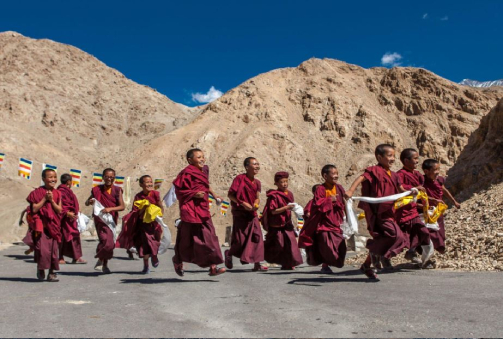
Day 09 Leh-Basgo-Alchi-Likir-Uleytopko (125 Km, 2 hours and 45 minutes)
After breakfast, departure to Uleytopko.
En route visit Basgo: - Although the monastery was built for the Namgyal rulers in 1680, Bazgo itself was incorporated in the early days of Ladakh and is often mentioned in the Chronicles of Ladakh when it was a political and cultural centre
Gurudwara Patthar Sahib: - Situated on the outskirts of Leh on the Leh-Kargil road is the Gurudwara Pathar Sahib, built in memory and honor of Guru Nanak. This place of worship is associated with a very important event in the history of the Sikh religion.
Magnetic Hill: - Magnet Hill is a gravity hill located near Leh in Ladakh, India. The layout of the area and the surrounding slopes create the optical illusion of a hill. The hilly road is actually a downhill road. Objects and cars on the hilly road may appear to roll uphill defying gravity when, in reality, they are rolling downhill.
Likir :- Likir Monastery was first built in the 11th century and was rebuilt in the 18th century, and currently has a 25-foot (7.6 m) tall gold-covered Buddha statue. It is occupied by monks of the Gelukpa order. It is located 52 km from Leh.
Upon arrival in Uleytopko, transfer to the hotel.
Overnight stay in Uleytopko.
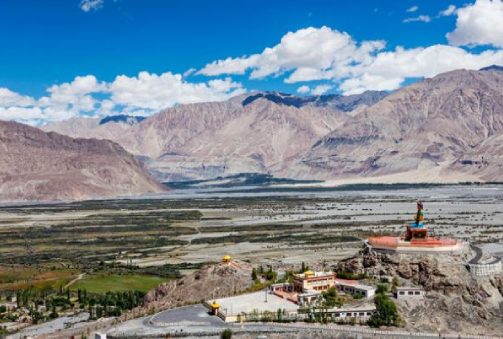
Day 10 Uleytopko-Kargli (91 km 3 Hours and 10 mins)
After breakfast.
Uleytokpo:- Uleytokpois one of the most charming and beautiful villages in Ladakh. It is famously known as a base for trekking and camping in Ladakh. Camping and hiking in Uleytokpo is considered to be one of the most thrilling activities in Ladakh amidst the snow-capped mountains.
Rizong:- Known to be a haven for meditation, Rizong Monastery overlooks the Indus Valley. The monastery has special significance for Tibetan Buddhists as Guru Padmasambhava is believed to have meditated in the caves around Rizong.
Lamayuru:- Lamayuru is known for its monastery and its "lunar landscape", curiously promoted as "lunar landscape" for tourists. The landscape is certainly stunning with its extraordinarily strange geological formations, although this is not unique to Lamayuru. Lamayuru Monastery is ancient, built in the "lunar landscape".
Hunderman village: - Hunderman è un piccolo villaggio anonimo situato a circa 10 km a monte della città di Kargil. Si dice che sia l'ultimo villaggio nel territorio indiano che si trova proprio vicino al confine indo-pakistano. E proprio come qualsiasi villaggio vicino al confine, Hunderman si è trovato nel fuoco incrociato delle guerre combattute tra due nazioni.
Overnight stay in Kargli.
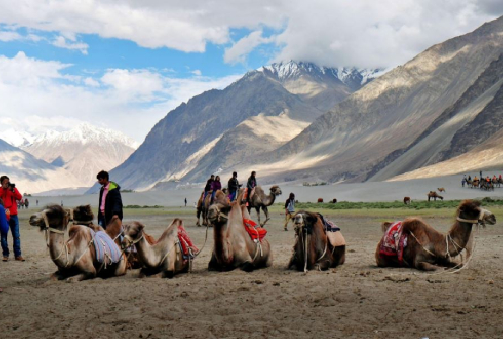
Day 11 Kargil-Zanskar (249 km, 5 hours and 55 minutes)
After breakfast, departure for Zanskar.
En route visit Pibiting Monastery: - The monastery is believed to have been built in the 2nd century by Kanishka, a powerful king of the Kushan empire. It provides panoramic views of natural beauty. The monastery is surrounded by a serene and peaceful environment. The surroundings of the monastery are perfect for hiking and photography. Padum has established itself as an important trekking destination.
Karsha Monastery: - It is the largest monastery in Zanskar, with a community of 120 monks. Karsha sits above the bubbling Stod River in the Padum Valley. In the 11th century, the famous interpreter Phagspa Sherab created part of the Gelugpa series. The whitewashed devout quarters tower dramatically above the mountainside village.
Overnight stay in Zanskar.
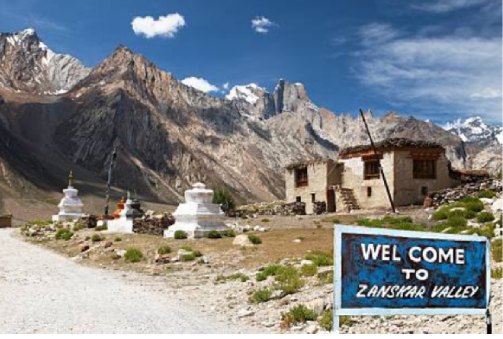
Day 12 Zanskar
After breakfast
Visit Zanskar Valley: - Located in Kargil district, east of Ladakh (about 105 km), lies the enchanting Zanskar valley. Pronounced locally as Zahar or Zangskar, it is separated from Ladakh by the Zanskar mountain range which is part of the Tethys Himalayas. Zanskar is known for its raw landscape and is mostly popular with trekking and river rafting.
Zangla Fort or Palace: - Zangla is one of the most unique places to visit in Zanskar which is worth stopping at during your Padum and Karsha tour. The only feature of the village is the Zangla Palace, which is located on top of a hill. It is often referred to as Zangla Monastery, as it contains a temple and is home to some monks.
Stongdey Monastery: - The Tshogs-Khang is one of the seven and is adorned with magnificent portraits of deities. The temple art is set against a black background with gold borders. One of the most famous shrines is Gon Khang, which is the shrine of guardian deities.
Sani Monastery and Lake: - Sani Monastery is believed to be one of the oldest gompas in the Ladakh region. Sani, in fact, is a place of interest to historians and archaeologists because of the ancient Kanika Stupa located inside the Sani Monastery. We'll talk about this later in the article. The village also has a beautiful lake, known locally as Lake Sani. It has a beautiful statue of Guru Padmasambhava right in the middle of the lake.
Bardan Monastery: - The Bardan monastery of Lungnak valley, 12 kilometers from Padum, is perched on a steep cliff. The Monastery is one of the most important monasteries of the Drogpa order in Zanskar. It was founded in the early 17th century by Deba Gyatso. A large Dukhang meeting hall is located in Bardan Gompa.
Overnight stay in Zanskar.
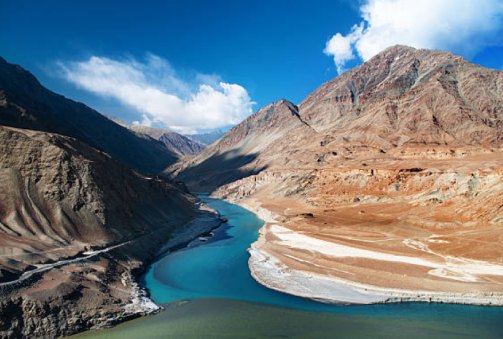
Day 13 Zanskar-Kargil (249 km, 5 hours and 55 minutes)
After breakfast, departure for Kargil.
En route visit Zongkhul Monastery: - Zongkhul Monastery is built on a stone wall with two caves in Stod Valley, and from a distance it looks like a swallow's nest on the rock face of Ating Valley. The monastery houses the images and thangkas of the famous Drukpa lamas, as well as beautiful murals on the cave walls painted by Zhapa Dorje, who resided in the monastery 300 years ago.
Parkachik Glacier: - Parkachik Glacier, Huge sheets of ice occasionally break off from the 90-meter-high front face of Nun Kun and fall into the Suru River, offering a spectacular view of the huge ice fall. After crossing the suspension bridge over the river and following the well-trodden path, it is possible to climb up to the glacier. There are no signs or anything, so if you're not sure of your geographic skills, you can hire a local from the area to guide you.
Upon arrival in Kargil transfer to the hotel.
Overnight stay in Kargil.
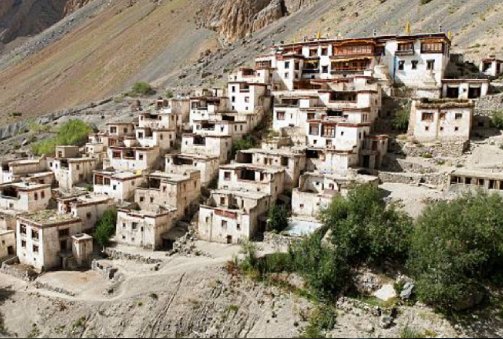
Day 14 Kargil
After breakfast Depart to Dras
Dras: - Dras was formerly known as Hem-Bas. From 1846 to 1947, Jammu and Kashmir was a princely state in India, where Dras was part of the Kargil Tehsil of the Ladakh Wazarat. Subsequently, the place witnessed the British era. In 1947-48, Pakistan's Gilgit Scouts invaded the Kargil area but failed to occupy it. Once again, it came to the fore during the Kargil War in 1999, when the Pakistan Army's invasion led to a full-fledged war with India.
Tiger Hill view point rose to fame during the 1999 Kargil war between India and Pakistan. It is a mountain in the Drass-Kargil area of Ladakh in India. At an altitude of 5,307 meters, it is one of the highest peaks in the region.
The Kargil/Drass War Memorial: - The Kargil War Memorial, also known as Dras War Memorial, is a war memorial built by the Indian Army in Dras town, near Kargil town in Kargil district of Ladakh, in India, to commemorate the 1999 Kargil War between India and Pakistan
Overnight stay in Kargil.
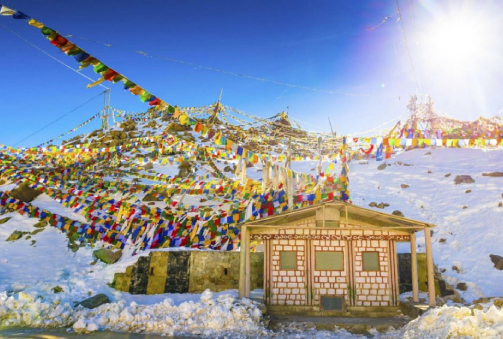
Day 15 Kargil – Leh (140 km, 4 hour 50 minutes)
After breakfast, depart to Leh
En route visit Shargole cave Monastery: - Shargole cave monastery is located about 31 km from Kargil and is a place to see architectural marvel. As we approached the village we could see from afar a white structure attached to a yellowish-brown hill. The road was accessible at the base of the vertically rising mountain on which the small white rock monastery gave the impression of being suspended from it.
Mulbekh Monastery: - There are many things about Mulbekh Monastery that make it a popular tourist attraction in Kargil, one of which is its location. The other attraction is the 30-foot statue of Maitreya Buddha which is carved on a huge stone slab.
Alchi Monastery: - The history of Alchi Monastery states that it was created by the famous scholar-translator. Rinchen Zangpo in the 10th century. However, inscriptions preserved in monuments attribute its creation to a Tibetan nobleman, Kal-dan Shes-rab later in the 11th century.
Overnight stay in Leh.
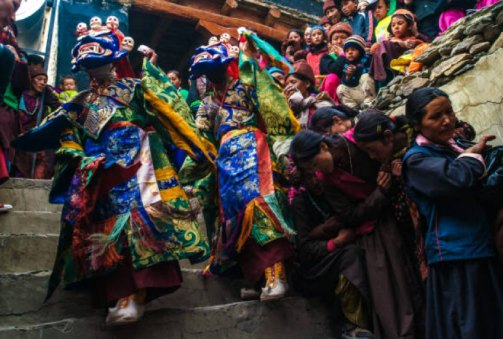
Day 16 Leh – Next destination
Transfer to the airport
Ciao India Tours wishes you a happy Journey.
Inclusions:
- 16 nights’ accommodation in 3/4 star/Heritage hotels with breakfast, including all existing taxes.
- All transfers from the airport to the hotel and vice versa.
- Meeting and assistance upon arrival/departure from our representative at the airport.
- Transfers as per program with private car.
- One bottle of water per person every day.
- All taxes included.
Exclusions:
- Visa, health insurance, cancellation of flights, trains, tip, tourist guide, monument ticket, activities, personal expenses, camera etc.
- Everything that is not part of the inclusions.
Contact us to ask for quote via WhatsApp, Chat, query form or email.
WhatsApp – +919971981381
Email – info@ciaoindiatours.com
